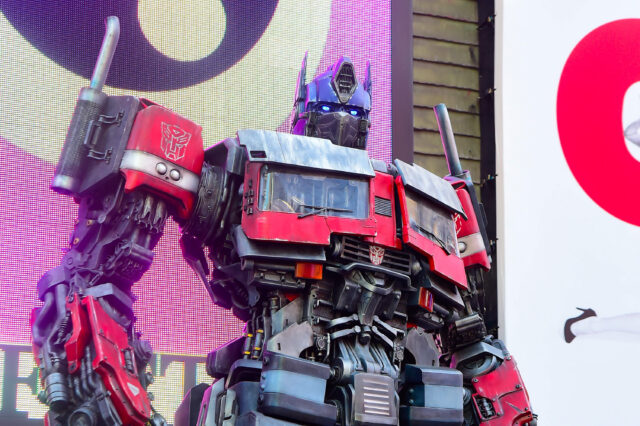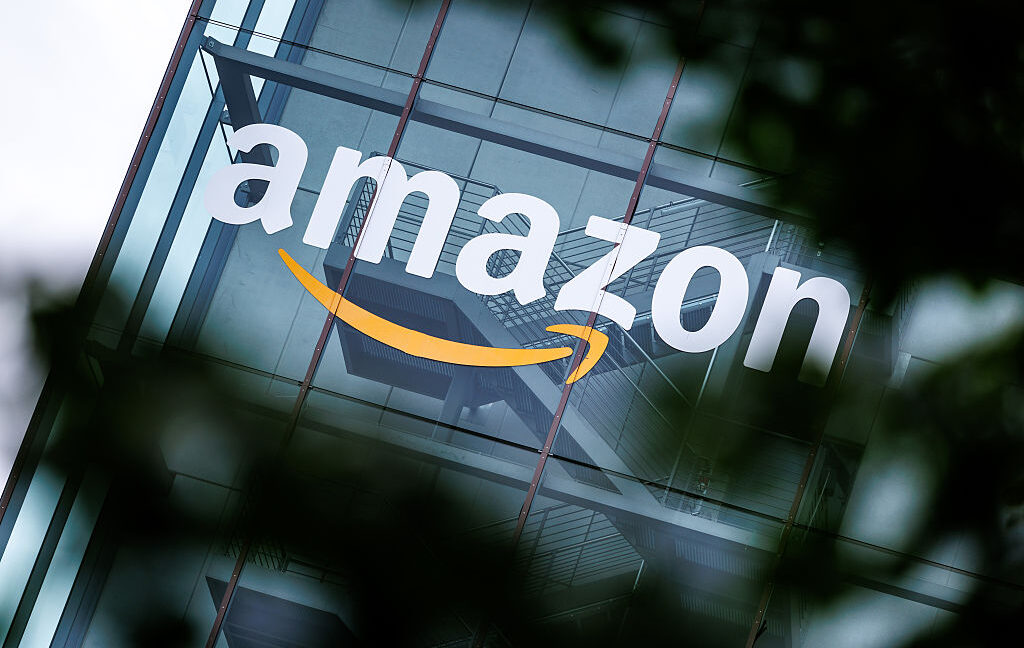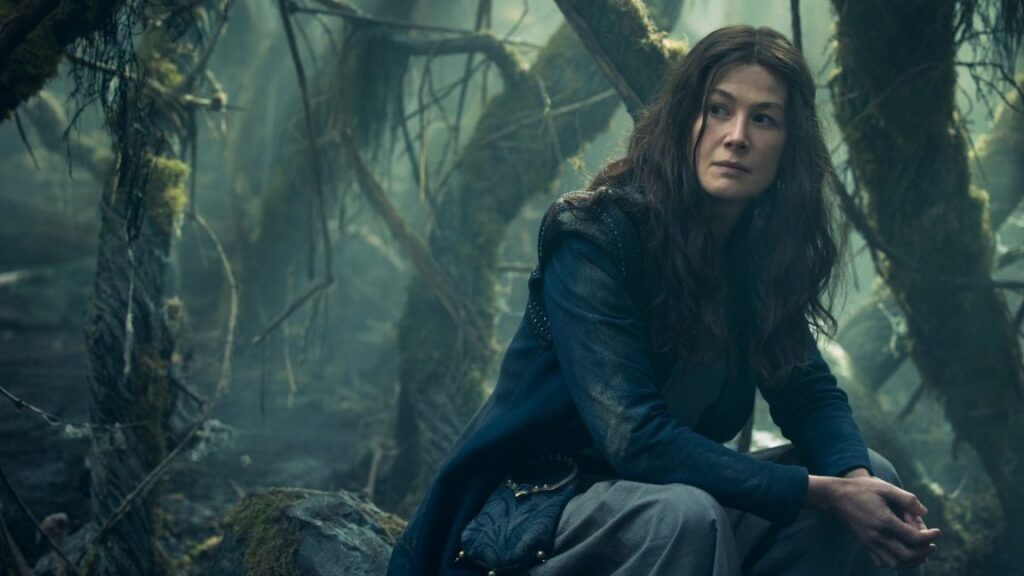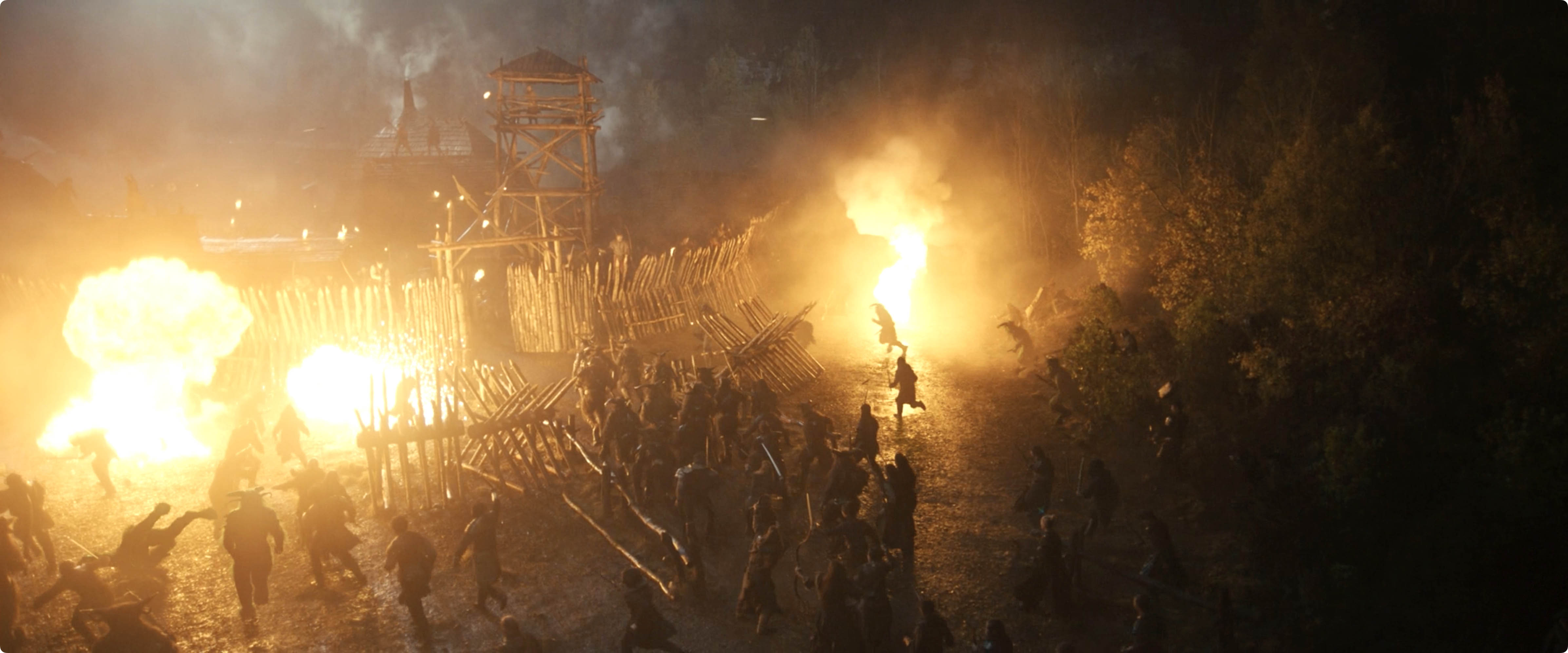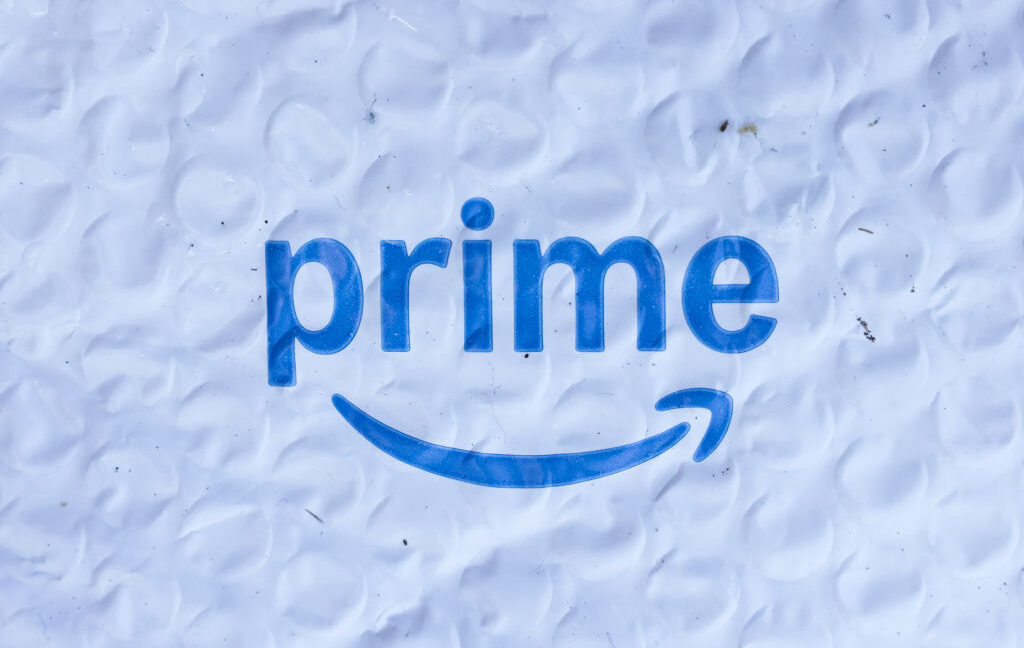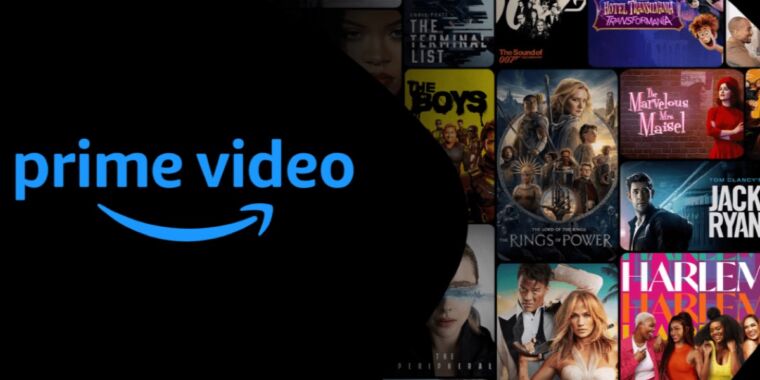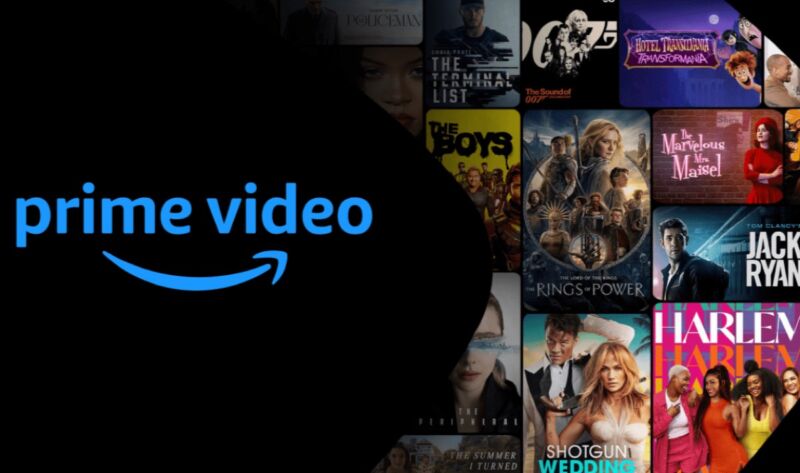It’s Prime Day 2025 part two, and here are more of the best deals we could find
Updated deals on keyboards, laptops, chargers, cameras, and lots of other stuff!
Portable power stations
- Jackery 2000 Plus Solar Generator for $1,499 ($700 off)
- Anker Solix C1000 for $380 ($420 off)
- EcoFlow River 2 Pro for $339 ($190 off)
- Anker Solix F2000 Solar Generator for $1,279 ($950 off)
- Jackery Explorer 300 Plus for $199 ($101 off)
- EcoFlow Delta 3 Plus for $699 ($200 off)
- Bluetti Elite 200 V2 for $899 ($800 off)
Streaming gear
- Elgato Stream Deck Mini for $50 ($10 off)
- Elgato Wave Mic Arm Pro for $140 ($40 off)
- HyperX QuadCast 2 for $111 ($39 off)
- SteelSeries Apex Pro for $125 ($125 off)
- Blue Yeti for $88 ($52 off)
Cameras
- GoPro Hero 13 Black for $359 ($71 off)
- GoPro Hero 13 Black Ultra Wide Edition for $330 ($150 off)
- Panasonic LUMIX S5II Mirrorless Camera for $1,798 ($501 off)
- DJI Osmo Action 4 Combo for $229 ($70 off)
Macbooks
- Apple MacBook Air (M4, 2025) (13-inch) for $799 ($200 off)
- Apple MacBook Air (M4, 2025) (15-inch) for $979 ($200 off)
- MacBook Air, 15-inch (M4) for $999 ($200 off)
- MacBook Pro, 14-inch (M4) for $1,399 ($200 off)
- MacBook Pro, 16-inch (M4 Max) for $3,590 ($409 off)
- MacBook Pro, 14-inch (M4 Pro) for $1,799 ($200 off)
Other laptops
- Asus Vivobook 14 for $617 ($133 off)
- Asus ROG Strix G16 for $2,100 ($300 off)
- Lenovo Chromebook Duet for $210 ($110 off)
- Microsoft Surface Pro 12 for $700 ($100 off)
Keyboards and mice
- Keychron V3 Max TKL Wireless Mechanical Keyboard for $63 ($22 off)
- SteelSeries Rival 3 Gen 2 for $45 ($15 off)
- Corsair K70 Core TKL Mechanical Wireless Gaming Keyboard for $100 ($50 off)
- Logitech G305 Lightspeed for $28 ($22 off)
- Razer Joro Portable Keyboard for $130 ($10 off)
Monitors
- Dell 32 Plus 4K QD-OLED for $680 ($170 off)
- Dell 27 Plus 4K for $290 ($60 off)
- Samsung Odyssey G8 32” OLED for $1,000 ($300 off)
- AOC Q27G4ZD QD-OLED for $420 ($100 off)
- Alienware 34 Ultrawide QD-OLED for $522 ($178 off)
- LG 34GS95QE OLED Curved Monitor for $697 ($603 off)
- Samsung G6 OLED for $650 ($250 off)
Android phones
- Google Pixel 9a for $349 ($150 off)
- Nothing Phone (3) for $699 ($100 off)
- Samsung Galaxy Z Fold7 for $1,600 ($400 off)
- Motorola Razr 2025 for $529 ($171 off)
- Motorola Razr Ultra for $1,000 ($300 off)
Indoor security cameras
Ars Technica may earn compensation for sales from links on this post through affiliate programs.
 Loading comments…
Loading comments…
It’s Prime Day 2025 part two, and here are more of the best deals we could find Read More »

